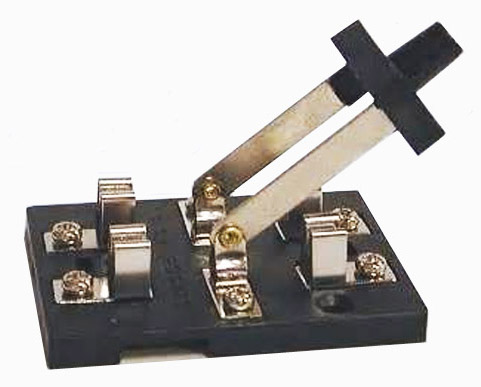Editor’s Note: Nothing discussed here is true…Right?
For several decades, military research teams around the world have quietly been studying micro-molecular imprinting and the many ways that it can disrupt critical communication systems.
You’ve probably experienced problems yourself, in a small way, but indications strongly suggest that as copper, Ethernet, and fiber signal transport systems become more and more heavily traveled, the issues will eventually reach a critical state. And few industries will be affected more than the entertainment technology sector.
Apparently what happens is this: as signals are repeatedly transmitted through galvanic electrical conductors – and this includes fiber optics as well – the molecular structure of the conductors begin to take on a form of their own, not related to the original cable or fiber material.
While still under research, this is believed to be one of the leading causes of emails not being replied to. In many instances replies actually were made but never got past the molecular imprinting. (See “The Problems of Email for Mission Critical Applications” by Commander K. Jennings, Communications Branch of the US Military-Industrial Research Complex).
A simple fix was identified in which the email server’s Ethernet cable merely needs to be reversed in direction, which in turn corrects the imprinting. But as it’s rather inconvenient to constantly be unplugging and re-plugging Ethernet cables, I propose that a reversing switch (Figure 1) be implemented instead. Schematics are available upon request.

And, dear reader, in case you fail to see that we’re thinking far ahead on your behalf, the switch (as shown) is capable of handling the new high-current Ethernet protocol that will be introduced in mid 2025.
The worldwide supply of silicon is widely known to be collapsing at a logarithmic rate, which means that devices based on silicon components such as DSP, TTL, CPU and other LSI “chips” will soon be superseded by vacuum tubes, or valves…as some like to call them.
In fact, numerous studies predict that valves will soon be the active element of choice for Ethernet routers, switches, and long-distance relays. Penny stocks are already soaring at start-ups such as Westenhouse, R3A, and Cylvania – all of whom are building valve manufacturing facilities in super-secret locations even as this is written.
The reversing switch proposed here will easily handle the higher voltages and current demanded by the new TCP (tube control protocol) with a minimum of fuss. Rubber gloves are, however, recommended to avoid electrical shock when activating the switch.














